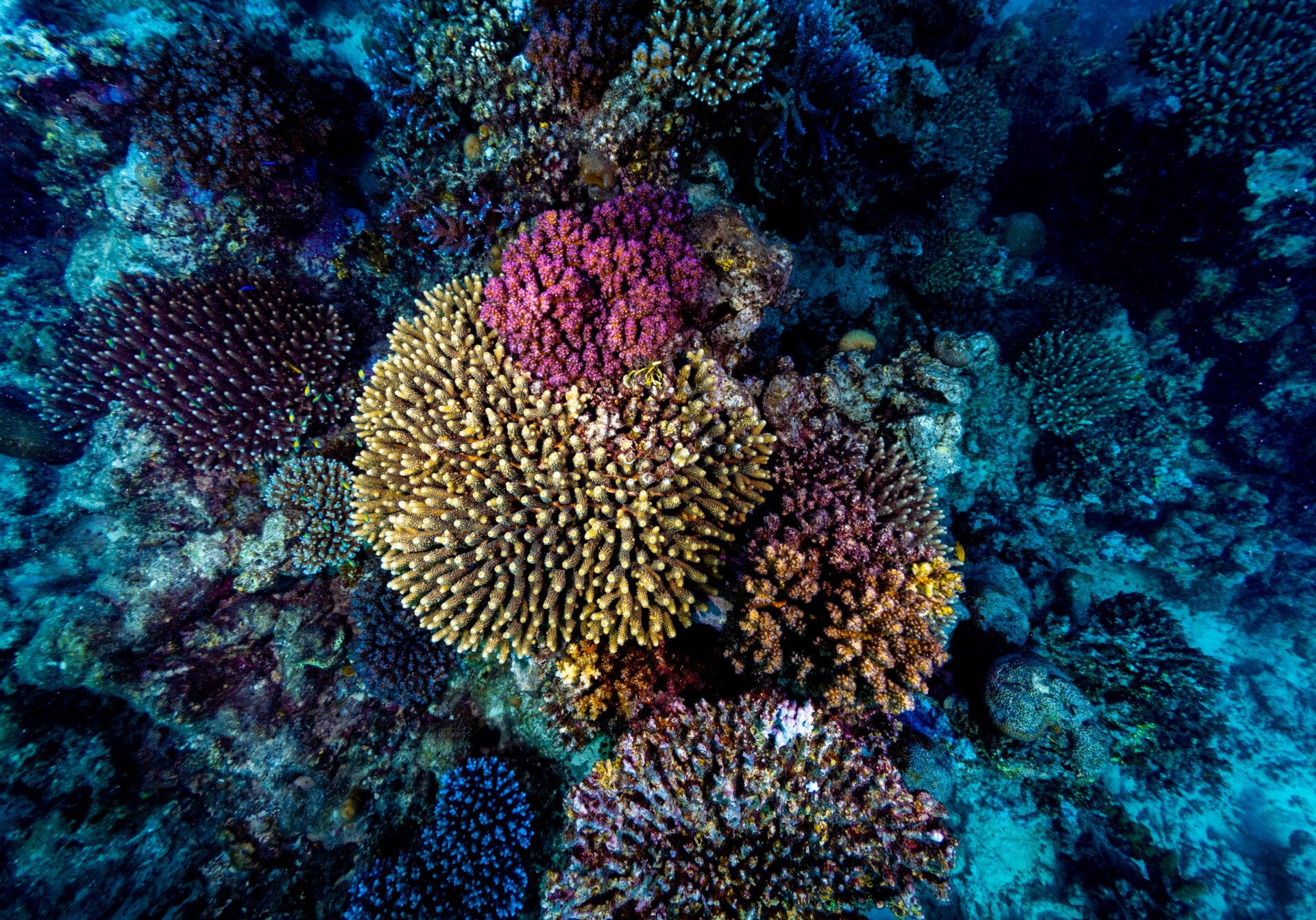Bioscience | Marine Science
Probiotics offer protection for wildlife
An emerging conservation strategy could help wildlife to become more resilient against a range of environmental threats.

Probiotics, which are designed to support the presence of beneficial bacteria in the human gut, are a familiar sight on supermarket shelves as consumers seek to improve their health. Emerging research indicates that probiotics may also hold promise as a novel intervention for protecting at-risk wildlife populations.
While probiotics have been used for decades in agriculture and aquaculture, it is only recently that scientists have considered their potential uses for conservation, explains Neus Garcias-Bonet, a marine biologist in Raquel Peixoto’s lab. She notes that probiotics could help buy time for addressing major challenges like climate change, disease outbreaks and pollution. “With the world’s biodiversity declining at an alarming rate, developing innovative approaches to save wildlife is an urgent priority,” she says.
Peixoto adds that human impacts have made microbial communities in animals more susceptible to disease. “Probiotics and other microbial therapies can help retain good bacteria, prevent pathogen overtake and restore microbial communities to protect threatened biodiversity and ecosystems,” she says.
In a review of this emerging field, Garcias-Bonet and colleagues found that probiotics have demonstrated effectiveness in a variety of wildlife scenarios, particularly with the treatment of infectious diseases in bats, bees and frogs.[1]
One of the first successful applications of probiotics for wildlife has been to treat bats for white-nose syndrome, a deadly disease caused by a fungus that threatens entire bat populations in North America. White-nose syndrome has killed more than six million bats since its discovery in 2007. A series of studies found that spraying the bats with beneficial bacteria naturally found on a bat’s skin made the disease less severe and increased survival rates.
Probiotics have also enhanced productivity in plants, fish and corals. The amount of living coral on the planet has diminished by half since the 1950s, but research has shown that administering bacteria and other microorganisms like dinoflagellates, fungi and yeast in laboratory settings leads to better growth and greater resilience to disease, heat and even simulated oil spills.
The study’s authors emphasize that to advance the field, future studies must overcome the challenges of selecting probiotics and validating the effectiveness of treatments. In particular, future study designs must use placebos as control samples to unravel confounding factors such as how probiotics are handled and the environment in which they are given.
There are other gaps in our understanding, notes Garcias-Bonet, such as the most effective ways to deliver the treatments and how long treatments should last.
These questions must be answered before probiotics treatments become more widely used in wildlife conservation efforts. “We hope that this review will help standardize the methodologies and accelerate the use of probiotics across various research areas related to wildlife,” says Garcias-Bonet.
Reference
- Garcias-Bonet, N., Roik, A., Tierney, B., García, F.C., Villela, H.D., Dungan, A.M.. Quigley, K.M., Sweet, M., Berg, G., Gram, L., Bourne, D.G., Ushijima, B., Sogin, M., Hoj, L., Duarte, G., Hirt, H., Smalla, K., Rosado, A.S., Carvalho, S., Vega Thurber, R., Ziegler, M., Mason, C.E., van Oppen, M.J.H., Voolstra, C.R. & Peixoto, R. S. Horizon scanning the application of probiotics for wildlife. Trends in Microbiology, published on September 25, 2023.| article.
You might also like

Marine Science
Tiny crabs glow to stay hidden

Marine Science
Mass fish deaths linked to extreme marine heatwave in Red Sea

Bioengineering
High value harvests from designer algae

Marine Science
Weeding out the secrets of Red Sea macroalgae

Bioscience
Digging into the world of plant-growth-promoting microbes

Bioengineering
Stray DNA fragments challenge CRISPR precision

Marine Science
Rhodoliths found in a surprise location

Bioscience




